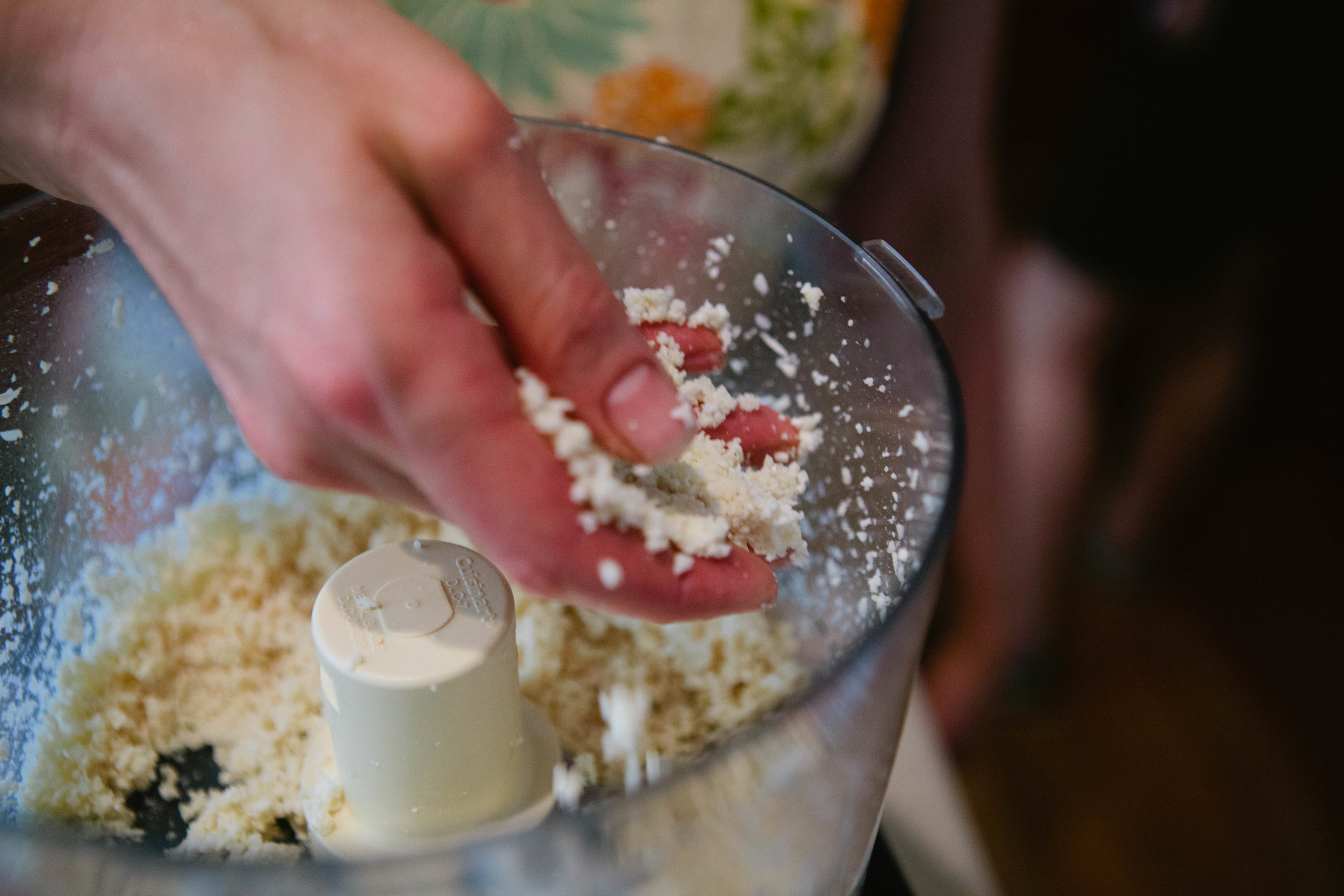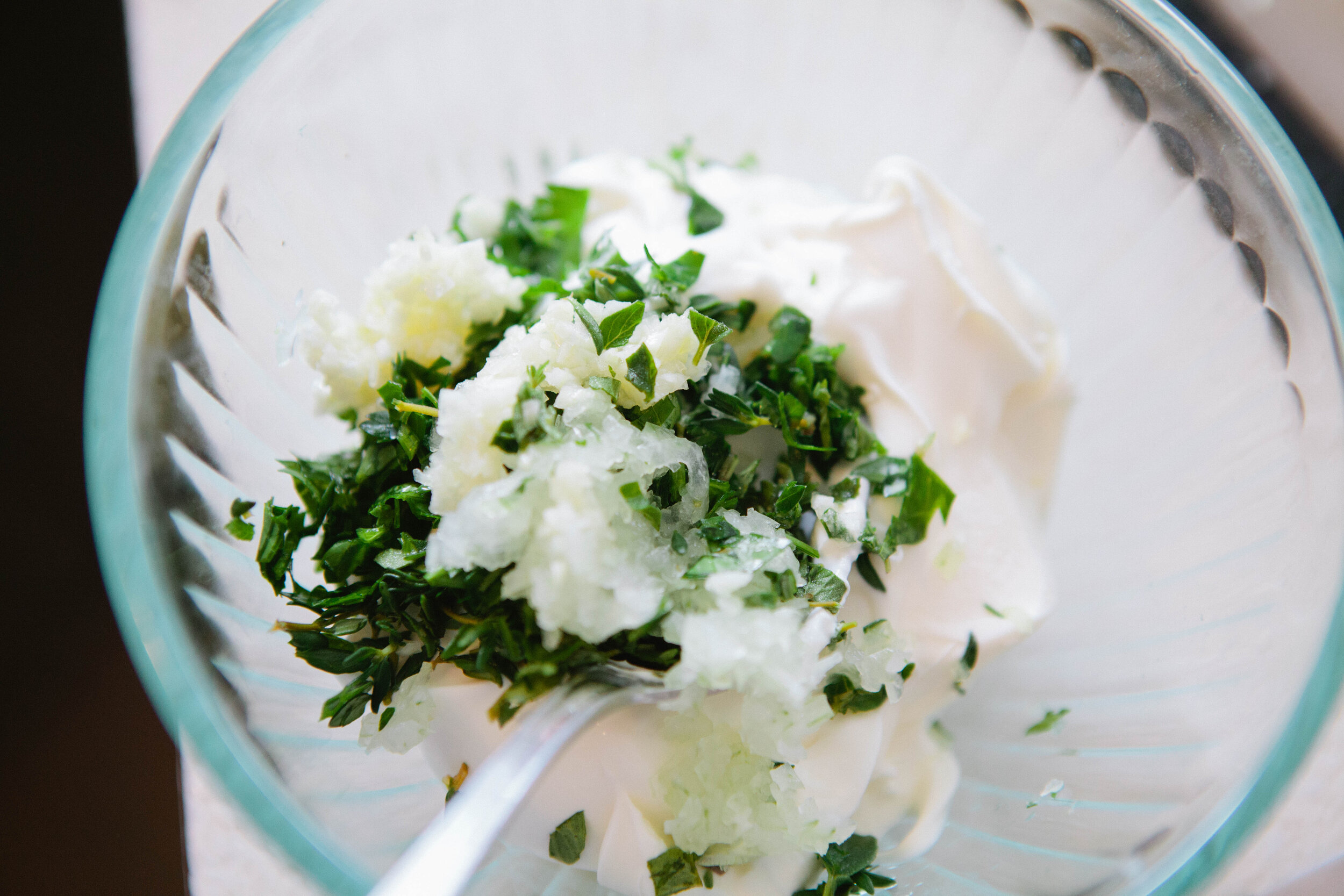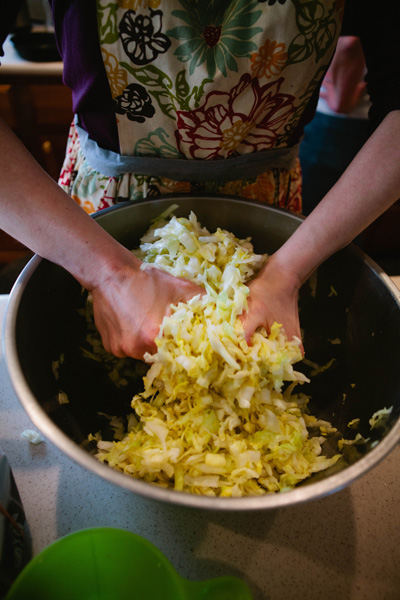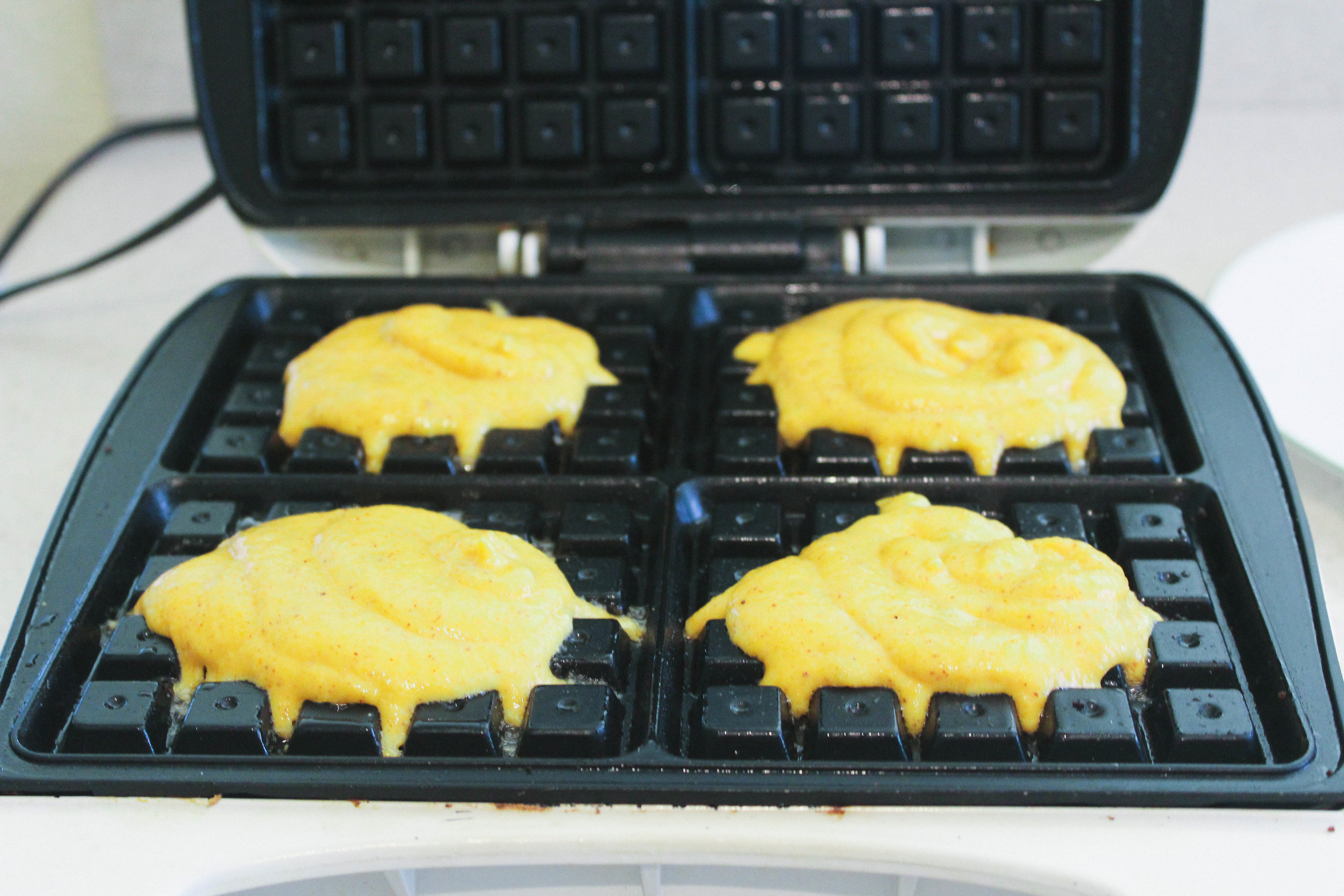One of the best ways to get kids excited about eating real food is to make it fun! You can do this by making the preparation or cooking process fun, giving it a fun name, or making the presentation fun, like eating “Ants on a Log”.
When giving fermented food to your children, it’s best to consider what vegetables they already like and in what forms. For example, if your child really likes coleslaw, then sauerkraut will likely be a favorite but if they like carrot sticks, ginger carrots will probably go over well.
Feel free to discuss and replace any of these vegetables with vegetables of similar color that your family likes better. You should be able to make this fun and interactive ferment a family favorite.
Some of my favorite salts for ferments are baja gold and Redman’s real salt.
Ingredients for Rainbow Ferment:
Red Beets
Carrots
Yellow Pepper
Broccoli
Purple Cabbage
Baja Salt
Water
Directions for Rainbow Ferment:
Fill a quart mason jar most of the way with cold filtered water. Remember filtered water is very important here otherwise you will kill your ferment.
Add 3 tbsp of salt. Stir to dissolve completely.
Cut the vegetables into bite size pieces and layer them in the jar in rainbow color order. Try not to overfill the jar. The vegetables should not come any taller than the shoulder of the jar. A jar that is too full is more likely to leak and make a mess in your kitchen.
When you get to the cabbage, set aside one full small leaf. Fill the jar with the brine up to the shoulder. Add the cabbage leaf to the top to hold all the vegetables under the level of the water.
Wipe off the top of the jar & add a lid and band. Close to finger tightness.
Leave on the counter for 5-7 days. Then move to cold storage.
Kid Friendly Rainbow Ferment
Ingredients
- Red Beets
- Carrots
- Yellow Pepper
- Broccoli
- Purple Cabbage
- Baja Salt
- Water
Instructions
- Fill a quart mason jar most of the way with cold filtered water. Remember filtered water is very important here otherwise you will kill your ferment.
- Add 3 tbsp of salt. Stir to dissolve completely.
- Cut the vegetables into bite size pieces and layer them in the jar in rainbow color order. Try not to overfill the jar. The vegetables should not come any taller than the shoulder of the jar. A jar that is too full is more likely to leak and make a mess in your kitchen.
- When you get to the cabbage, set aside one full small leaf. Fill the jar with the brine up to the shoulder. Add the cabbage leaf to the top to hold all the vegetables under the level of the water.
- Wipe off the top of the jar & add a lid and band. Close to finger tightness.
- Leave on the counter for 5-7 days. Then move to cold storage.

































































